Cargando...
Recursos educativos
-
Nivel educativo
-
Competencias
-
Tipología
-
Idioma
-
Tipo de medio
-
Tipo de actividad
-
Destinatarios
-
Tipo de audiencia
-
Creador
Lo más buscado
- Actividades para religion
- Repaso de francés
- O aberta O tancada
- colorear dibujo
- fichas matemáticas
- Aprender a dividir
- Actividades para secundaria para imprimir
- Actividades día de la paz
- Mapa de Europa
- Guía de consumo responsable
- Geografía de España
- Himalaya
- Clasificación de los animales
- Leonardo da Vinci
- Matemáticas interactiva
-

Understanding the text (I)
EduBook Organización
- 1 lo usan
- 2728 visitas
Are these sentences true or false?. The little man doesn’t want Dorothy to see the Wizard. Dorothy sees a big head with a big body, arms and legs. The Wizard wants Dorothy to kill someone. Dorothy…
-

-
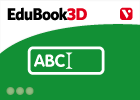
Complete - Remember
EduBook Organización
- 3083 visitas
Complete: There are two types of machines: machines and machines. Levers, wheels, ramps and are examples of simple machines. Compound machines are made up of two or more machines working together.…
-
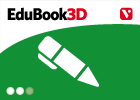
Answer. Unicellular and multicellular organisms
EduBook Organización
- 3073 visitas
Remember what you have studied in this section and answer the questions: What are organisms made up of a single cell called? How do they reproduce? What do we call living things that are made up of many…
-
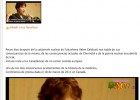
Video: Nuclear radiations in 3Mile Island, Chernobyl and Fukushima
Educatube Organización
- 6594 visitas
In this 11 minute video (with Spanish subtitles) Helen Caldicott (Nobel Prize) explains the consequences of recent nuclear catastrophes on the human body. We can listen to specific scientific vocabulary…
-
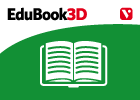
-
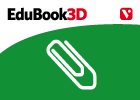
How we breathe in places with no air
EduBook Organización
- 3043 visitas
We need air to breathe Humans and other animals that live on land need air to live. When we breathe, we take oxygen from the air. With this oxygen and with the food we eat, our body has the energy it…
-
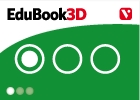
Final self-evaluation T15 02 - Art in the 20th century
EduBook Organización
- 2939 visitas
Choose the correct answer: What was Bauhaus? What is the name of the school of art from the early 20th century who did not belong to any specific movement? What is Neo-Pop? What is the name of the type…
-
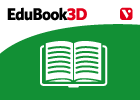
-
True / False. The cerebrum
EduBook Organización
- 2881 visitas
Are these sentences true or false? The cerebrum is the most important nervous centre in our body. It contains nearly one million neurons. The outer surface, which is 1.5 to 4 millimetres thick, is…
Te estamos redirigiendo a la ficha del libro...












